Recent Posts
In Praise Of Strong Women – #IWD2020
On The Occasion Of International Women’s Day #IWD2020 Mark Twain was once asked – “What would men be without women?” “Scarce, sir…mighty scarce.”, he replied….
Maybe…
In the early days of email, when we were all experimenting with it, there was this trend of sharing trivia and stuff forward to almost…
Emptiness – Another Perspective
The Principle of Emptiness For most people, the word”Emptiness” would probably have a negative connotation. It is a word normally associated with desolation, isolation, a…
You Still Have Hope
You Still Have Hope – A Short Video Whenever I am looking for some inspiration to create something new, and cannot think of anything offhand,…
Thought For The Day
“The best remedy for those who are afraid, lonely or unhappy is to go outside, somewhere where they can be quite alone with the heavens,…
A Tiny Spark Of Life
When the litter was due to arrive, there was a long list of prospective owners waiting to get a pup each. When the litter was…
Thought For The Day
“Should you shield the canyons from the windstorms you would never see the true beauty of their carvings.” Elisabeth Kübler-Ross Sometimes our good intentions for…
Quotes To Live By
It has been quote a while since I last posted anything here. It seems that I have been away for ages, and for the life…
Thought For The Day
Some very practical and sound advice…. “As for worrying about what other people might think – forget it. They aren’t concerned about you. They’re too…
Pictorial Quote Of The Day
“To be nobody but yourself in a world which is doing its best night and day to make you like everybody else means to fight…
Thought For The Day
As my friend, philosopher and guide, Dr Mel Gill is fond of saying, it’s all about the stories in your head. Change the stories in…
Pictorial Quote Of The Day
“In the confrontation between the stream and the rock, the stream always wins, not through strength but by perseverance.” – H. Jackson Brown
Pictorial Quote Of The Day
“We must all suffer from one of two pains: the pain of discipline or the pain of regret.The difference is that discipline weighs ounces while…
Pictorial Quote Of The Day
“When you innovate, you’ve got to be prepared for everyone telling you you’re nuts.” – Larry Ellison
Thought For The Day
“When you have to make a choice and don’t make it, that is in itself a choice.” – William James Right or wrong, easy or…
Pictorial Quote Of The Day
“If you don’t design your own life plan, chances are you’ll fall into someone else’s. And guess what they might have planned for you? Not…
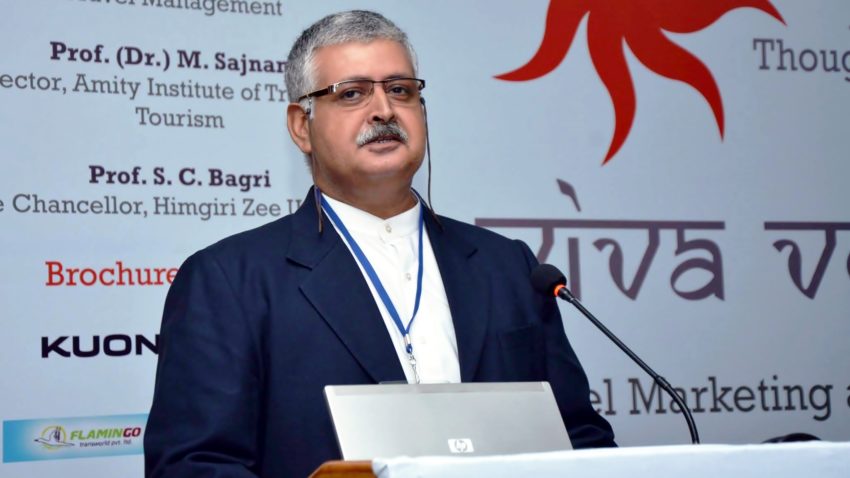


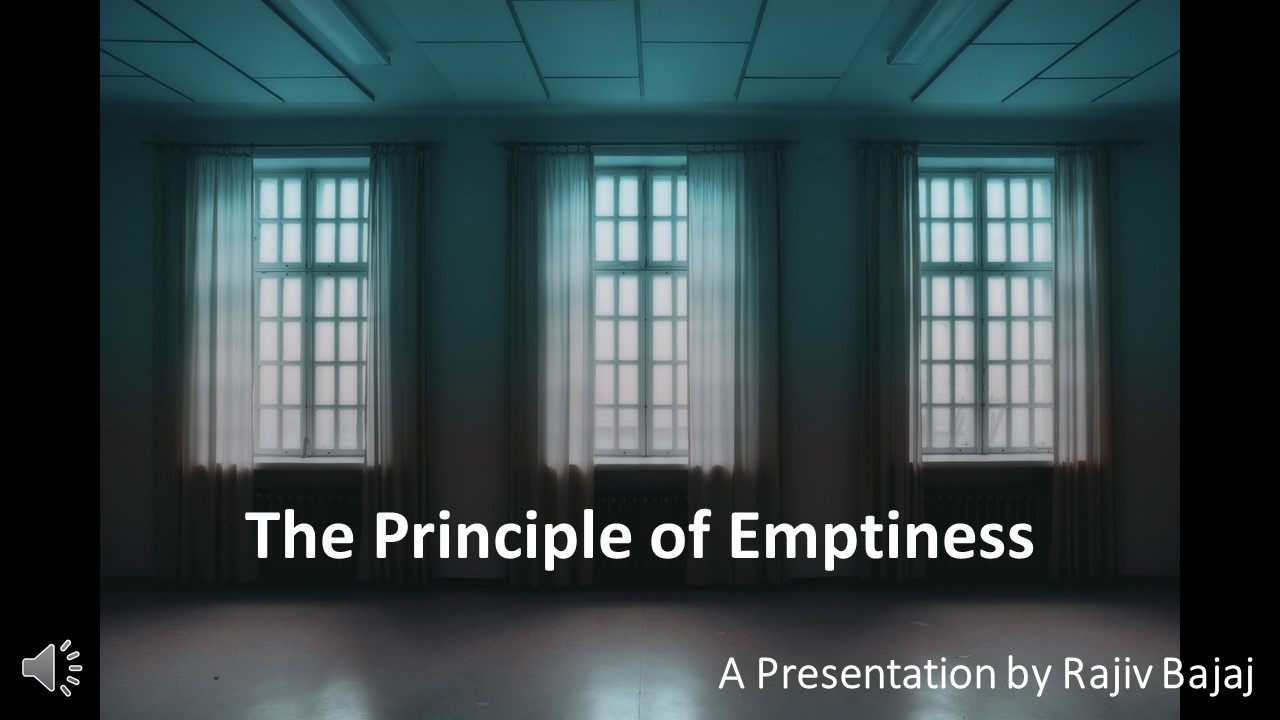






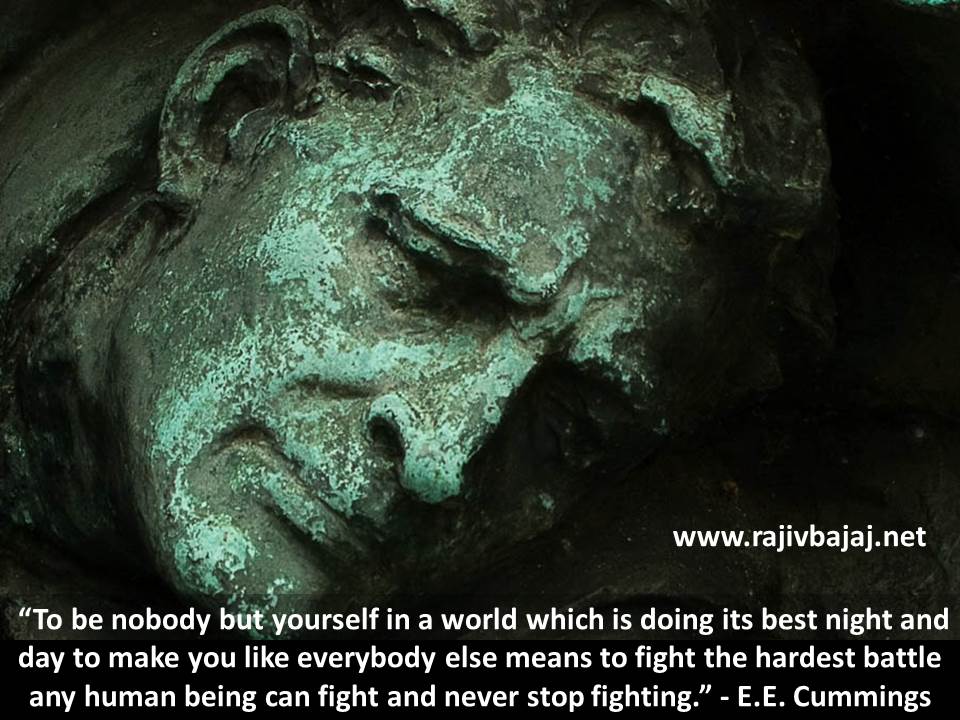

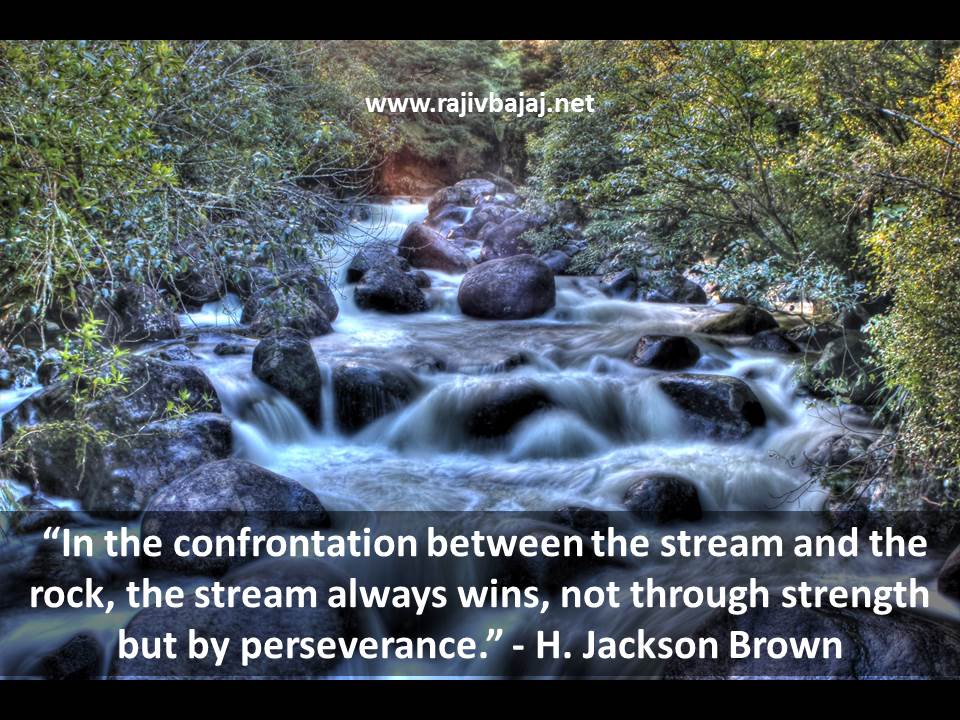
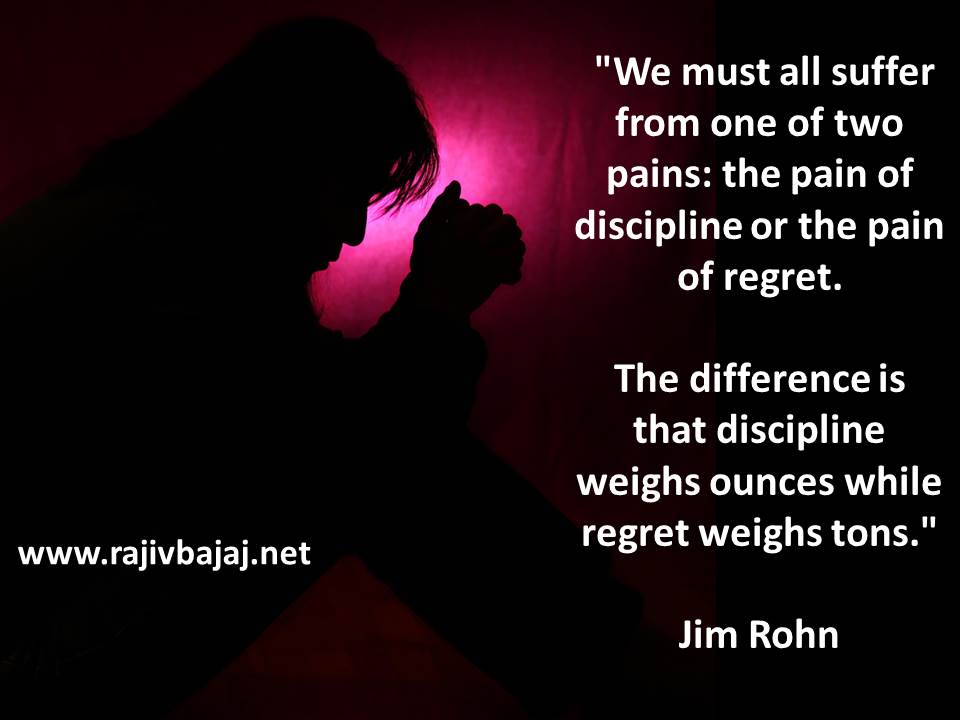


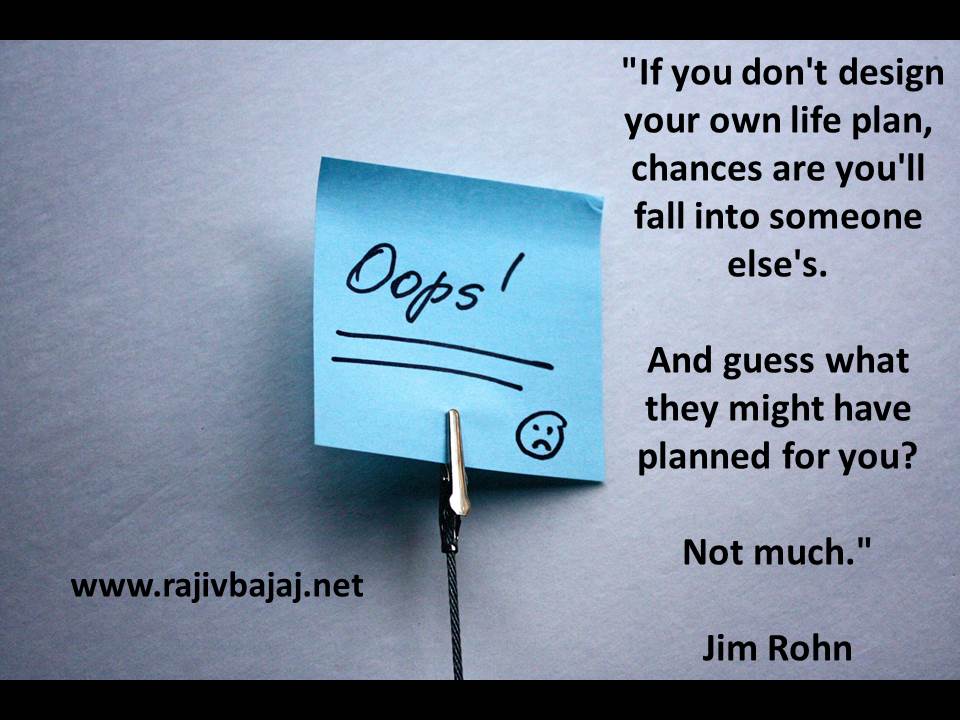
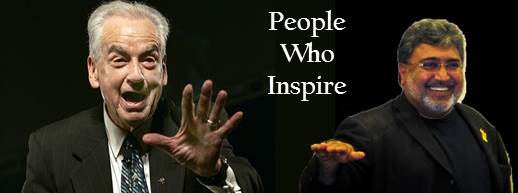


Recent Comments